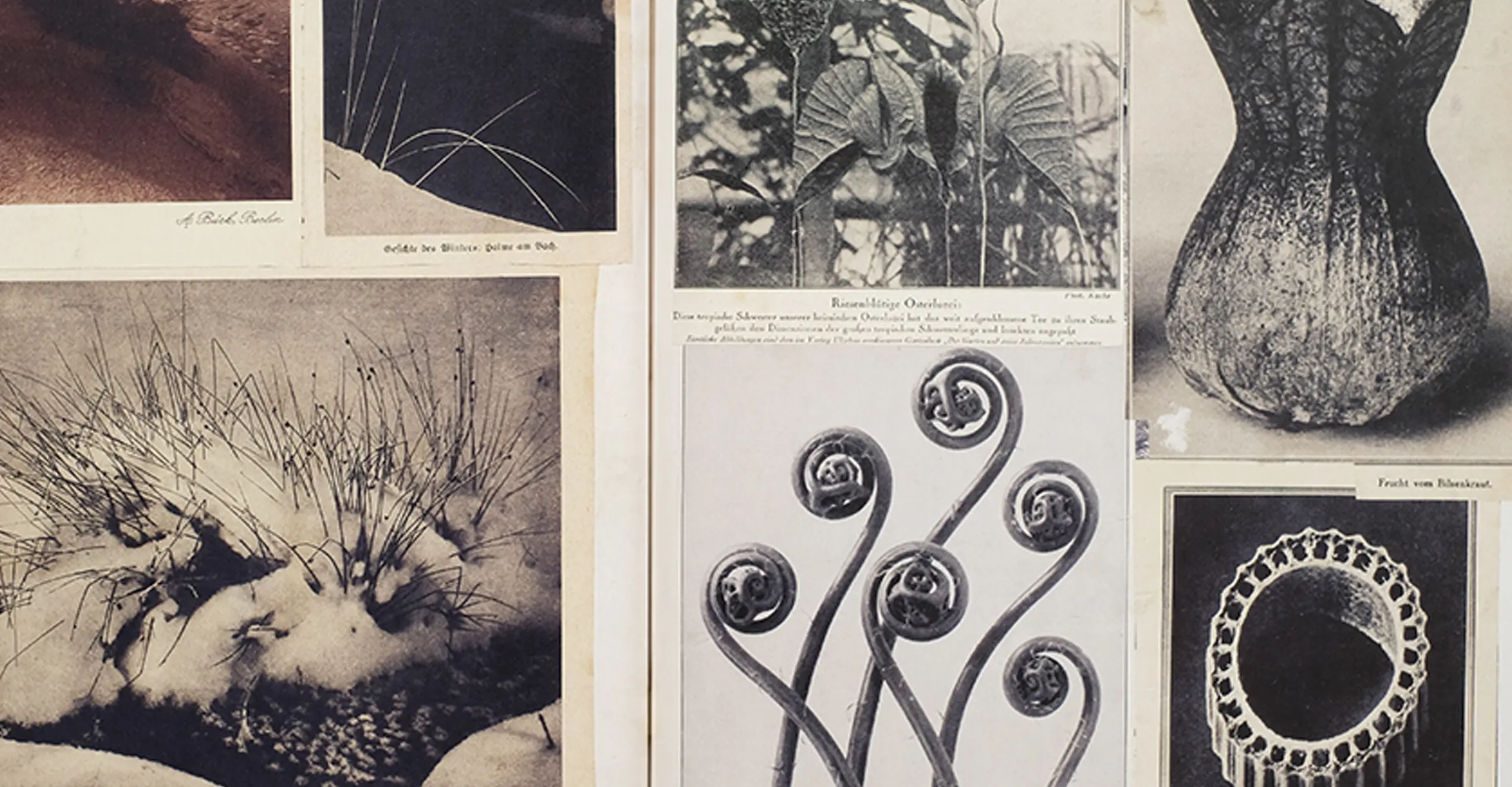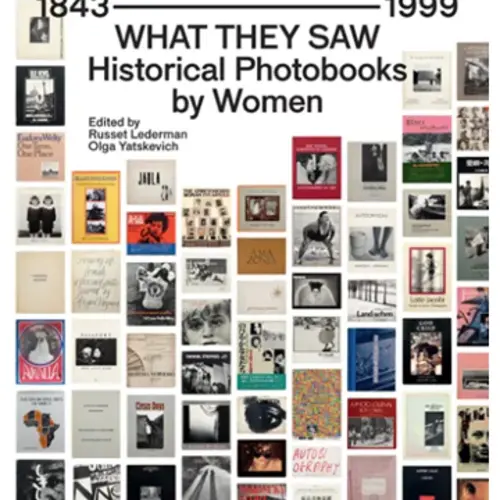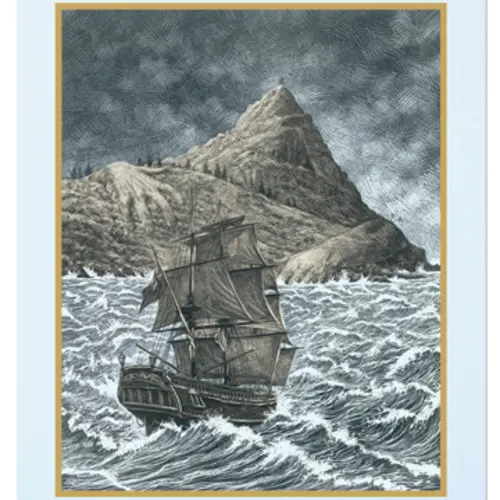Join editor Russet Lederman (10 x 10 Photobooks), and photographers Rhiannon Adam and Bieke Depoorter, for a joint book signing and informal chat in celebration of their esteemed and award-winning books:
‘What They Saw: Historical Photobooks by Women, 1843-1999’ edited by Russet Lederman and Olga Yatskevich (10×10 Photobooks)
‘Big Fence/Pitcairn Island’ by Rhiannon Adam (Blow Up Press)
‘What They Saw: Historical Photobooks by Women, 1843-1999‘, edited by Russet Lederman and Olga Yatskevich (10×10 Photobooks), and winner of the 2022 Kraszna-Krausz Photography Book Award, is a seminal new anthology. It sheds light on photobooks created by women from diverse backgrounds and addresses the glaring gaps and omissions in current photobook history—in particular, the lack of access, support and funding for non-Western women and women of colour. The What They Saw anthology is beautifully illustrated and highly accessible, interpreting historical photobooks by women in the broadest sense possible: classic bound books, portfolios, personal albums, unpublished books, zines and scrapbooks.
Bieke Depoorter explores the complex ethical relationship and boundaries between photographer and subject, shown through the intense scrutiny of her relationship with her own subjects.
Rhiannon Adam’s complex book ‘Big Fence/Pitcairn Island’ (Blow Up Press) is based on her experience staying on Pitcairn, an isolated and troubled volcanic island in the south-central Pacific Ocean. Designed to be as impenetrable as the island itself, the book is comprised of two parts: Adam’s own experience of the island as related through her captions and personal stories, and a volume of photographs and related archive. The latter charts the development of the particular characteristics that led to community breakdown, from both a contemporary and historical perspective. It is a powerful and unsettling exploration of a claustrophobic ‘Paradise Lost’: a broken society shrouded in mistrust.


